What is the analysis of the role of information technology, digital devices, and technological solutions in teaching and education in Vietnam?
What is the analysis of the role of information technology, digital devices, and technological solutions in teaching and education in Vietnam?
The application of information technology (IT), digital devices, and technological solutions in education is transforming traditional teaching methods, bringing superior efficiency to the teaching and learning process. Below is a more detailed analysis of the specific roles:
(1) The Role of Information Technology (IT) in Teaching
- Supporting classroom management and organization: IT assists teachers in effectively managing student information, grades, schedules, and teaching materials. Learning Management Systems (LMS) like Google Classroom and Microsoft Teams facilitate organizing online classes, assigning homework, and evaluating students easily.
- Enhancing interactivity in learning: IT enables teachers to use interactive tools such as electronic boards, simulation software, and educational games to encourage student participation. Students can work in groups, discuss, and share opinions online, enhancing understanding and collaborative skills.
- Diversifying teaching methods: IT provides various tools such as videos, online lectures, virtual experiment software, etc., allowing teachers to flexibly choose teaching methods suitable for each lesson content.
- Learning anytime, anywhere: Students can access study materials remotely, join online courses, and self-study through online learning platforms without being constrained by time and location.
(2) The Role of Digital Learning Materials in Education
- Access to diverse and rich knowledge: Digital learning materials include lectures, e-books, educational videos, online exercises, helping students access knowledge from different, more diverse sources.
- Rapid and continuous updates: Digital learning materials can be easily edited and updated according to the latest trends, ensuring that the knowledge students acquire is always current and accurate.
- Personalizing learning: Digital learning materials can be customized according to individual student needs, better accommodating differences in ability and learning styles. For example, online learning platforms can provide exercises and materials suitable for each student's knowledge level.
- Facilitating self-study and lifelong learning: Digital learning materials support students in self-study through online courses, video lectures, and e-books, providing continuous lifelong learning opportunities.
(3) The Role of Technological Devices in Teaching
- Supporting visualization of knowledge: Technological devices like smart boards, projectors, tablets, virtual reality (VR) glasses help convert abstract knowledge into visual, lively, and understandable images. For instance, VR glasses allow students to "experience" a 3D environment, making learning about history and science more engaging and profound.
- Conducting difficult experiments and simulations in real conditions: Simulation software aids teachers in conducting virtual experiments, addressing challenges related to actual laboratory equipment or ensuring safety in learning.
- Enhancing interaction and immediate assessment: Devices like tablets or smartphones combined with instant evaluation software (such as Kahoot, and Quizizz) help teachers check students' understanding during class, promptly adjusting teaching methods.
- Supporting students with disabilities or special needs: Technological devices like screen readers, text-to-speech and vice versa software enable students with disabilities to have equal learning opportunities.
(4) Certain Limitations and Challenges
- Dependence on technology: Without a stable Internet connection or appropriate devices, teaching and learning will be disrupted. Moreover, over-reliance on technology can cause students to lose traditional skills like handwriting.
- Disparity in access to technology among regions: Not all students can afford high-tech devices, especially in remote areas, making the application of IT and digital learning materials challenging.
- Risk of distraction: Improper use of technological devices can distract students from learning, allocating time to unhealthy entertainment activities.
(5) Conclusion
IT, digital learning materials, and technological devices provide many opportunities to enhance educational quality, making teaching richer, more efficient, and more appealing. However, applying these technologies requires careful consideration, thorough preparation, and suitable methods to fully realize their potential and overcome challenges.
Note: Information is for reference only!

What is the analysis of the role of information technology, digital devices, and technological solutions in teaching and education in Vietnam? (Image from the Internet)
What is the guidance on IT application solutions from the Ministry of Education for the 2024-2025 school year in Vietnam?
Under Section 3 Official Dispatch 4324/BGDDT-CNTT 2024, the regulations on IT application solutions are outlined as follows:
(1) Strengthen the organization of the department responsible for information technology, digital transformation, and educational statistics:
- For the Department of Education and Training (DoET) and the Bureau of Education and Training (BoET): Assign leadership of the unit/agency, room/group leaders, and specialists as focal points for IT, digital transformation, and educational statistics tasks.
- For educational institutions: Assign leadership of the educational institution and public employees in charge of IT or teachers concurrently as focal points for IT, digital transformation, and educational statistics tasks.
(2) Implement the assessment of digital transformation levels in educational institutions according to Decision 4725/QD-BGDDT 2022 dated December 30, 2022, by the Ministry of Education and Training (MoET), issuing criteria for evaluating digital transformation levels in general education and lifelong learning.
(3) Strengthen institutional work: Relevant agencies and units managing information systems and educational databases should enhance the review and refinement of management, operation, and exploitation regulations for IT systems; assign specific responsibilities for managing and using data as per regulations; ensure compliance with national regulations on personal information and data ownership; regularly disseminate and mainstream documents related to IT, digital transformation, and educational statistics tasks.
(4) Ensure resources for IT application deployment, digital transformation in education:
- Review and advise authorities on purchasing, supplementing, maintaining, and upgrading equipment to meet IT, digital transformation implementation requirements in teaching, learning, assessment, and educational management; ensure fiber optic Internet connectivity and wireless Internet services in educational institutions.
- Implement measures to ensure information security for IT systems; regularly assess and mitigate security risks; guarantee absolute safety and data security for educational databases.
(5) Develop human resources for digital transformation in education: Continue to promote awareness-raising activities for management, educational staff on the role and results of IT application and digital transformation in educational activities; raise awareness about personal data protection, digital skills, safe digital environment participation; equip licensed anti-virus software; organize activities for the National Digital Transformation Day on October 10 annually.
(6) Build plans and organize inspections and evaluations of IT application, digital transformation, and statistical tasks in education, inspecting at least 30% of subordinate units (can be integrated into the annual inspection plan).
What are the objectives of digital transformation in teaching, learning, and assessment in Vietnam?
Under Subsection 1, Section 2 Official Dispatch 4324/BGDDT-CNTT 2024, the provisions on digital transformation in teaching, learning, and assessment are as follows:
Effectively implement Circular 09/2021/TT-BGDDT dated March 30, 2021, by the Minister of Education and Training, regulating the management and organization of online teaching in general and lifelong learning educational institutions, noting the implementation of the following content:
- Maintain and maximize the benefits of Learning Management System (LMS) software in online teaching to become an essential daily educational activity for each educator and learner.
- Organize the construction of digital learning resources, and contribute to and effectively utilize the Ministry's public digital library in teaching and assessment.
- Promote regular online assessments; conduct periodic assessments on computers where needed and feasible for implementation.
- Regularly organize digital skills training for educators; prioritize training contents related to practical work such as using educational software, building digital teaching materials, electronic lectures, skills for organizing online teaching, and applying artificial intelligence in teaching and learning.
- Review, invest in new, and purchase additional computers to meet the requirements for teaching Informatics; purchase equipment for building digital learning resources and online teaching.
- Continue the effective implementation of the electronic library system (including library management software and digital book databases/resources for teaching, caring, and educating children), connect with digital resource libraries, and share digitized resources between educational institutions, educational management staff, and teachers.
- Implement measures to ensure a safe digital educational environment in schools.
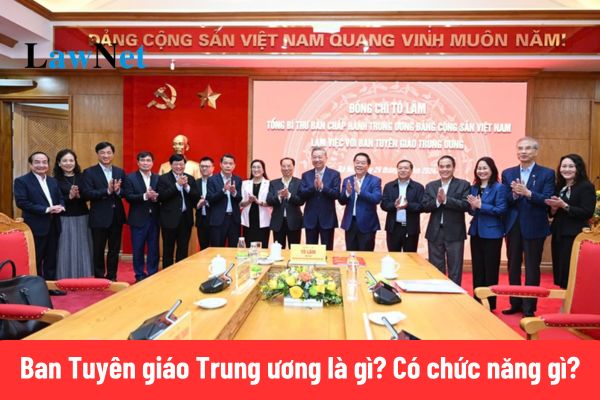
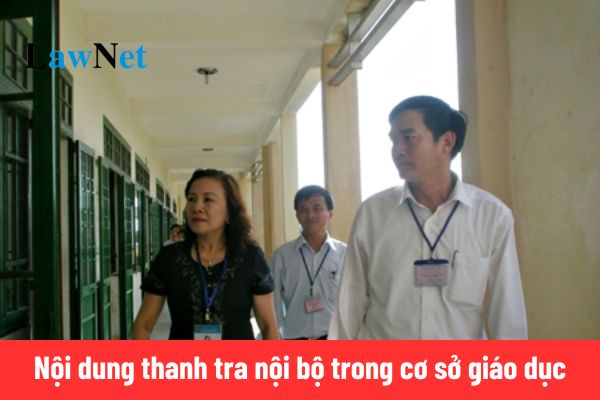
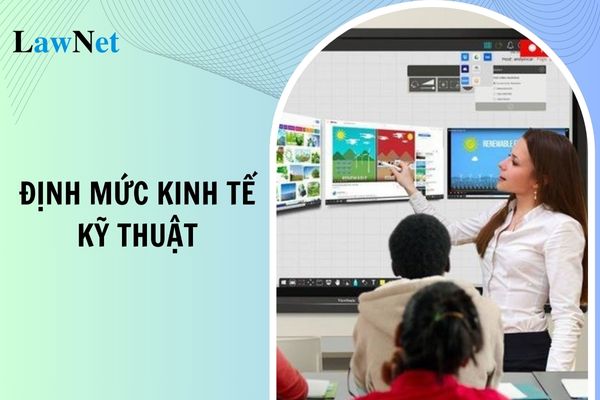
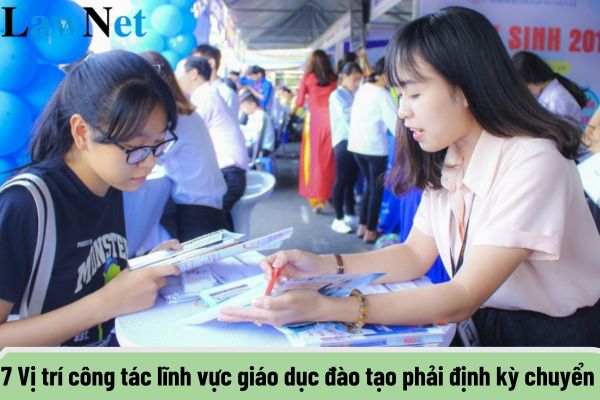
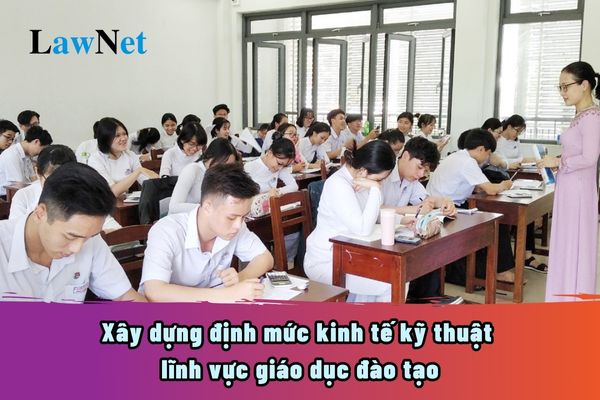

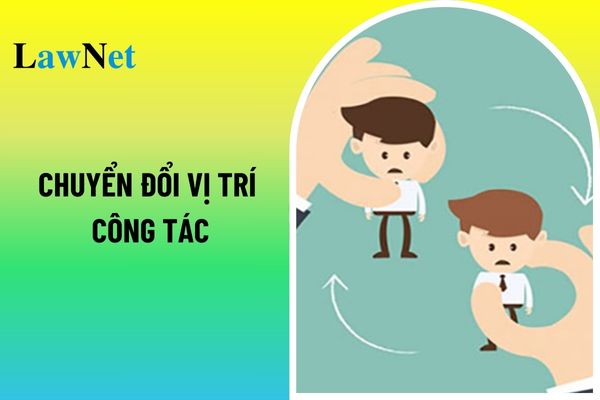
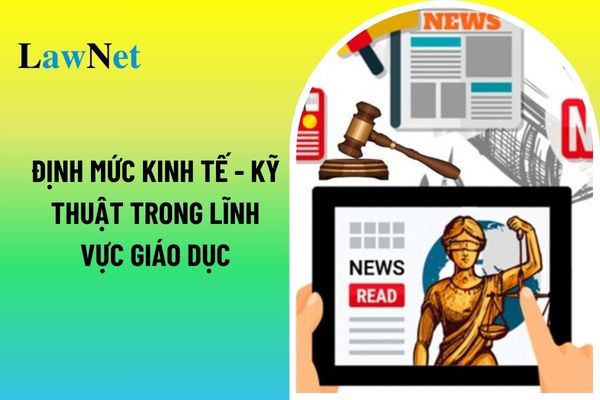
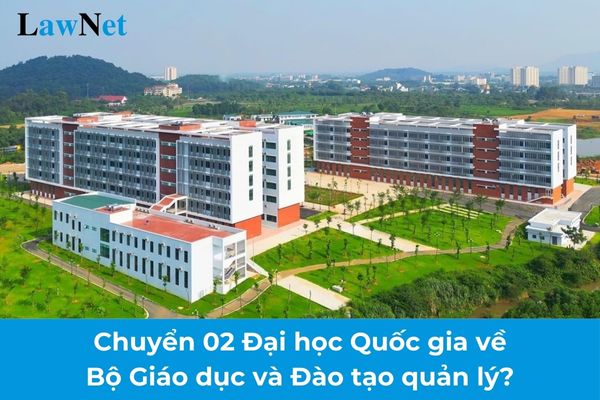

- From 2025, will the third exam subject of the 10th-grade entrance exam in Vietnam be selected by provinces and municipalities?
- What are the 6+ sample high-scoring social argumentative essays about self-respect? What are the goals of education for 11th-grade students in Vietnam?
- What are the 03+ sample program scripts for the retirement ceremony of teachers in 2025? In Vietnam, what is the retirement age for teachers in 2025?
- What are the guidelines for retelling the story "Ếch ngồi đáy giếng" for 7th-grade students? What is the formula for calculating the GPA in the 2nd semester for 7th-grade Literature?
- What are the guidelines for analysis of the carpenter in the story "Đẽo cày giữa đường"? What are the assessment requirements for 7th-grade students in Vietnam?
- What are the Top 20 sample feedbacks to lower secondary school students at the end of the first semester of the 2024–2025 school year in Vietnam?
- Vietnam: What are the sample argumentative essays on the necessity of digital platforms in life?
- What are the Top 10 sample introductions and conclusions for narrative essays? What Vietnamese knowledge does the 4th-grade Vietnamese language curriculum cover?
- What are the Top 5 brief sample essays recounting a memorable experience? What stories and prose texts may be selected for the 4th-grade Vietnamese Language curriculum?
- What are the guidelines for preparing the outline for a narrative essay on an event for 4th-grade students in Vietnam?

